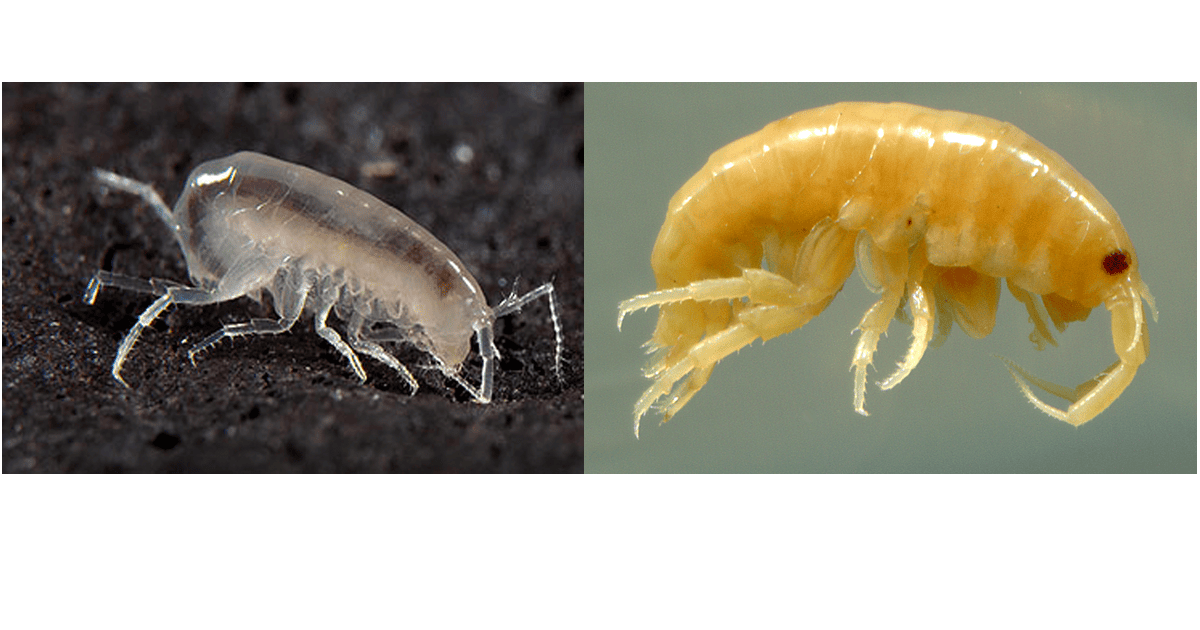Diversity and Evolution within the Amphipoda
A special issue of Diversity (ISSN 1424-2818). This special issue belongs to the section "Animal Diversity".
Deadline for manuscript submissions: closed (31 July 2024) | Viewed by 9689

Special Issue Editor
Special Issue Information
Dear Colleagues,
The Amphipoda reach their highest diversity in the marine environment but are also highly diverse in freshwater and terrestrial environments. Although taxonomic studies of amphipods have a long history, much is still to be learned about their cryptic diversity and the evolutionary history of population distributions over geographic ranges. Studies have revealed that in many cases, amphipod species considered widely distributed are in fact species complexes. The diversity, endemism and evolution of amphipods have become increasingly studied in recent years, with emphasis on palaeodistributions, vicariance and dispersal.
This Special Issue aims to highlight advances in the knowledge of the diversity, distribution patterns and evolution of species complexes in marine, freshwater and terrestrial amphipods. We encourage the submission of manuscripts addressing any aspects of the distribution patterns, endemism and evolutionary history of amphipods using morphological and/or molecular methods.
Prof. Dr. Alan Myers
Guest Editor
Manuscript Submission Information
Manuscripts should be submitted online at www.mdpi.com by registering and logging in to this website. Once you are registered, click here to go to the submission form. Manuscripts can be submitted until the deadline. All submissions that pass pre-check are peer-reviewed. Accepted papers will be published continuously in the journal (as soon as accepted) and will be listed together on the special issue website. Research articles, review articles as well as short communications are invited. For planned papers, a title and short abstract (about 100 words) can be sent to the Editorial Office for announcement on this website.
Submitted manuscripts should not have been published previously, nor be under consideration for publication elsewhere (except conference proceedings papers). All manuscripts are thoroughly refereed through a single-blind peer-review process. A guide for authors and other relevant information for submission of manuscripts is available on the Instructions for Authors page. Diversity is an international peer-reviewed open access monthly journal published by MDPI.
Please visit the Instructions for Authors page before submitting a manuscript. The Article Processing Charge (APC) for publication in this open access journal is 2100 CHF (Swiss Francs). Submitted papers should be well formatted and use good English. Authors may use MDPI's English editing service prior to publication or during author revisions.
Keywords
- marine, freshwater and terrestrial Amphipoda
- cryptic diversity
- distribution patterns
- endemism
- evolution
- dispersal
- vicariance
- morphological character state interpretation
- DNA analysis
Benefits of Publishing in a Special Issue
- Ease of navigation: Grouping papers by topic helps scholars navigate broad scope journals more efficiently.
- Greater discoverability: Special Issues support the reach and impact of scientific research. Articles in Special Issues are more discoverable and cited more frequently.
- Expansion of research network: Special Issues facilitate connections among authors, fostering scientific collaborations.
- External promotion: Articles in Special Issues are often promoted through the journal's social media, increasing their visibility.
- e-Book format: Special Issues with more than 10 articles can be published as dedicated e-books, ensuring wide and rapid dissemination.
Further information on MDPI's Special Issue policies can be found here.





